Most Common Uses for Treated Lumber
Share this content!
Choosing the best type of lumber for the job is the first step when considering a specific home project. There are many reasons to choose treated lumber, and this article will tell you everything you need to know about making the right decision when it comes to jobs that require pressure-treated wood.
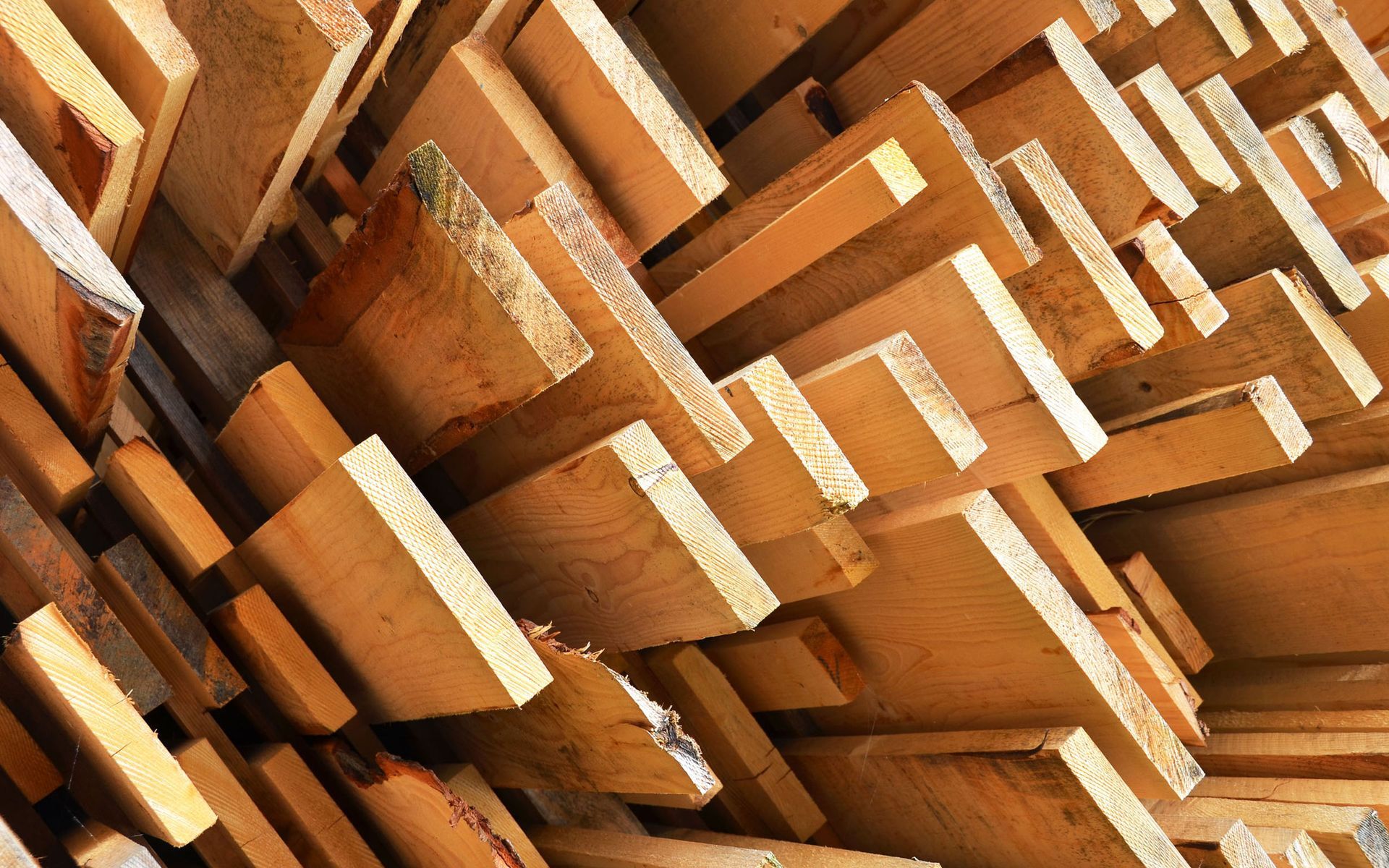
Lumber is one of the most used and adapted products in construction. It’s a favorite material in home design. Home frames, piers, decks, fences, walls, ceilings, floors, and even skyscrapers have been expertly and durably constructed from wood.
If you are building a project of any kind that requires wood, you’ll want to determine whether treated lumber is the best choice. It is generally recommended for most outdoor projects, but let’s take a closer look at the best home projects for treated lumber.
What is Pressure-Treated Lumber?
Pressure-treated lumber is relatively new—invented in the last century as an upgrade to traditional wood. The lumber is treated in the manufacturing process. High pressure is used to inject a preservative into the wood—resulting in a highly-durable and long-lasting building solution for all types of construction and home projects.
Builders consider pressure-treated lumber a durable solution because it won’t deteriorate like natural wood.
When Treated Lumber is the Best Choice for Your Home Building Project
There are naturally occurring fungi in the ground that can attack lumber. That makes pre-treating the material a necessity for certain types of home building projects—especially when the wood will come in contact with the ground. Most treated lumber will have end tags that provide the proper use designations for various applications.
If there is direct contact between the wood and any type of moisture, treated lumber is the best option. This includes posts that are buried underground or any wood that touches concrete or masonry, since those materials are porous and absorb water like a sponge. If there is a good chance moisture will touch the wood, it should be treated—including siding, structural lumber, and kitchen and bathroom sub-flooring.
There are also times when treated wood is not a good idea. The chemicals used to pressure treat wood are not safe for humans or pets. Therefore, non-treated wood is required for use indoors. Builders also recommend using pressure-treated lumber for the support and structure of a deck, but switch to untreated wood for the surface. If you are using pressure-treated lumber and are concerned about its risks, apply an oil-based sealant as a protective measure.
Generally speaking, pressure-treated lumber is ideal for:
- Decks
- Fences
- Garden beds
- Docks
- Wooden sidewalks
- Framing of outdoor structures
- Anywhere outdoors that wood comes in contact with moisture
Because of the chemicals present in treated wood, avoid letting any food touch it. If you are using it on garden beds, line the beds first with plastic or use an oil-based sealant. And remember, the treated wood you pick up from a home improvement store is probably still wet. So, if you plan on painting or staining it, allow it to fully dry first.
Benefits of Using Wood Products
Wood is the oldest construction material and is a critical and useful part of our lives. It can be used to build homes, decks, furniture, floors, kitchenware, and toys. It is naturally available, cost-efficient, strong, durable, and flexible. It is also an environmentally sustainable material that works well with other materials. Compared with other construction materials, wood is relatively light and easy to standardize in size. It is also effective for soundproofing and insulation.
And don’t forget . . . we deliver to the Birmingham Metro area.
Follow Us
Facebook
Instagram Win Prizes!
Share this story!

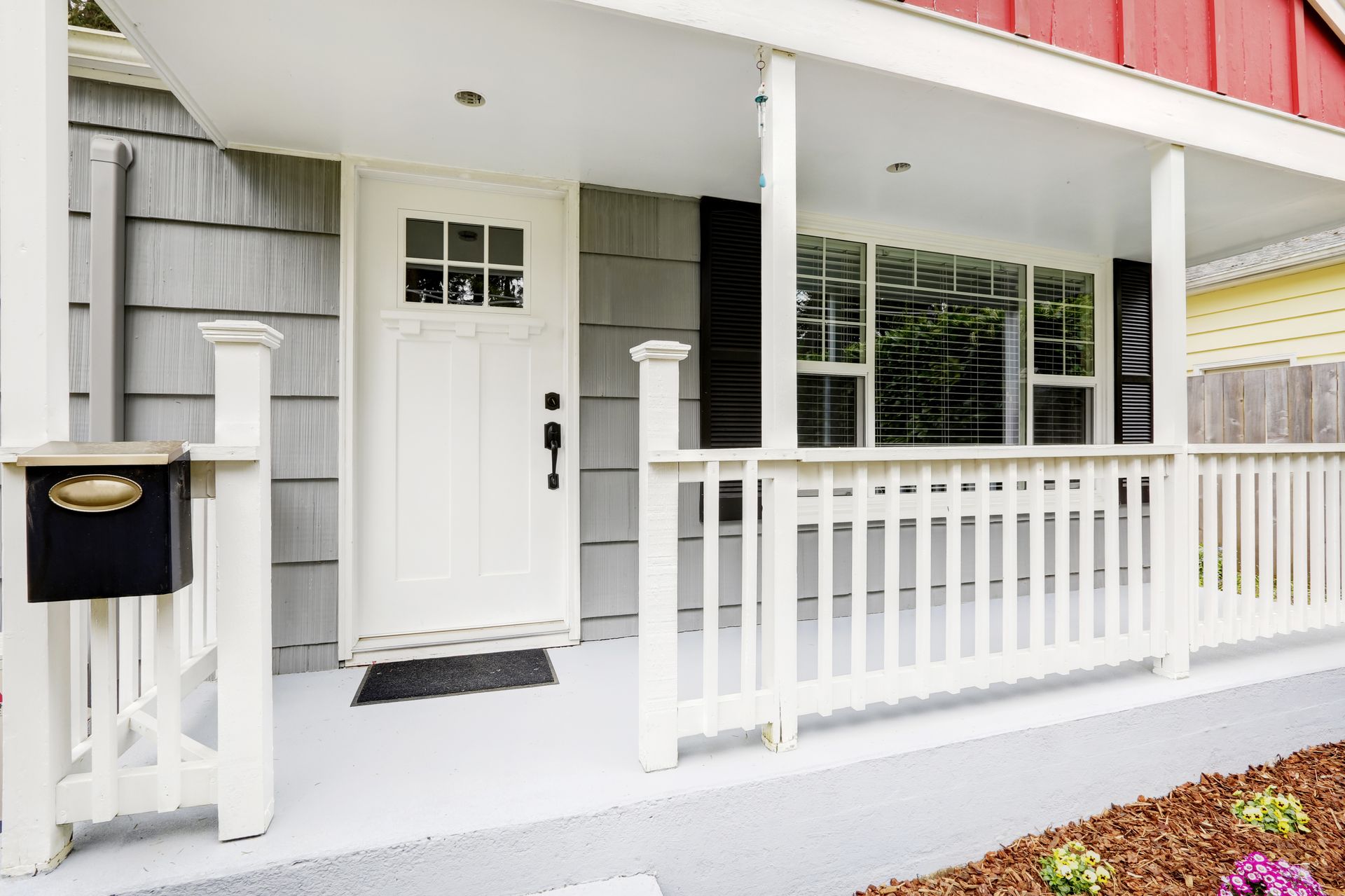
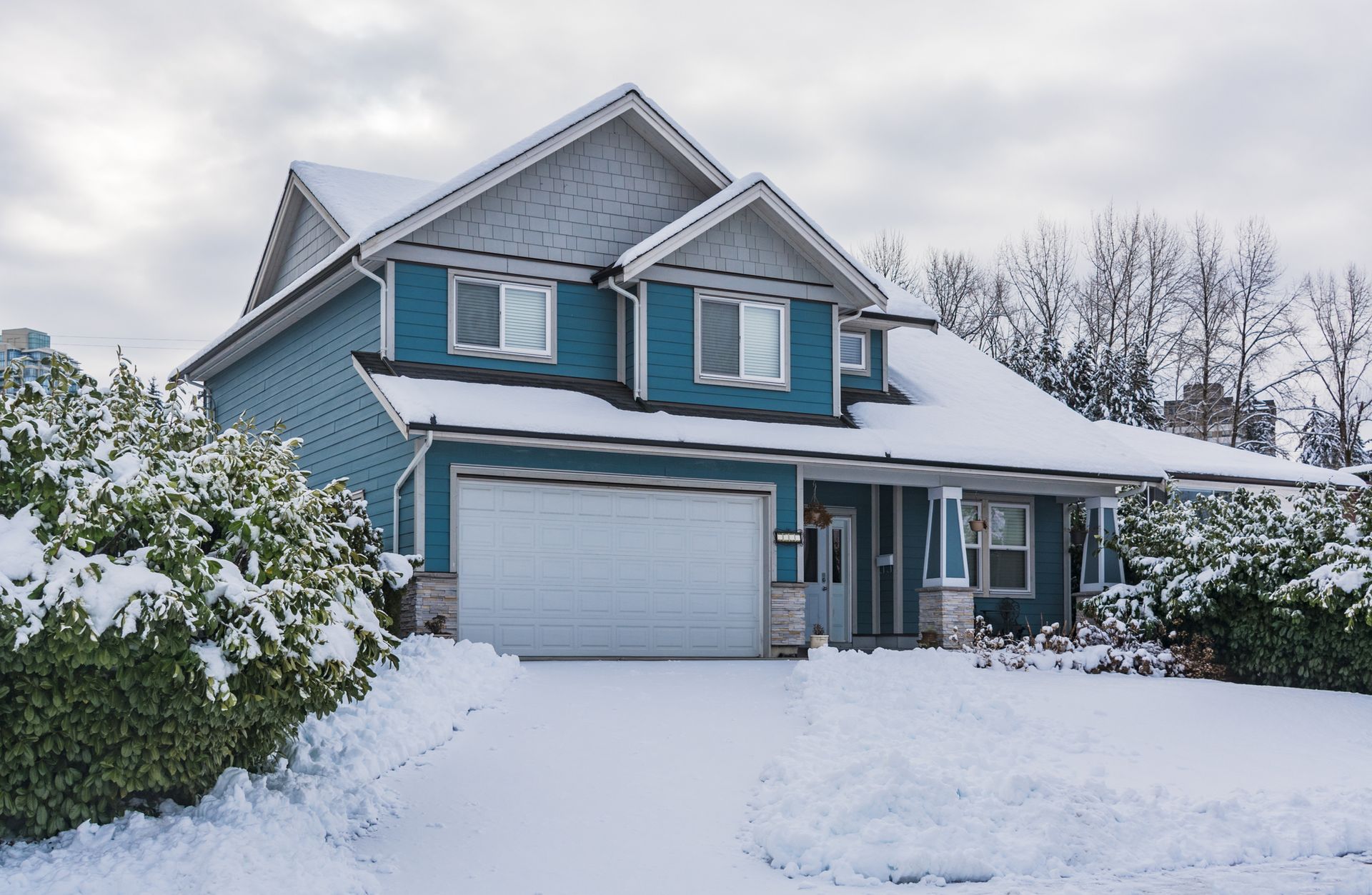
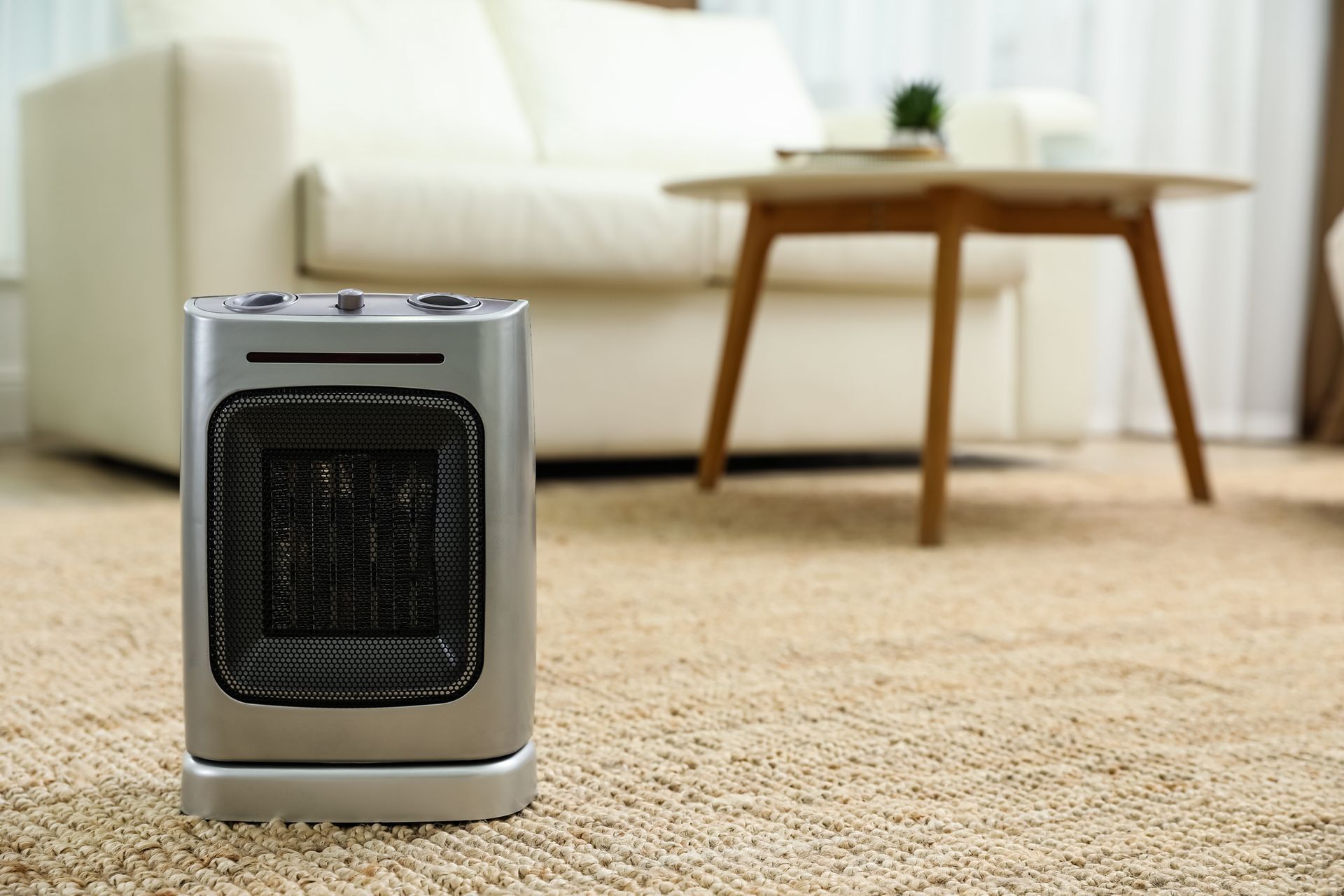

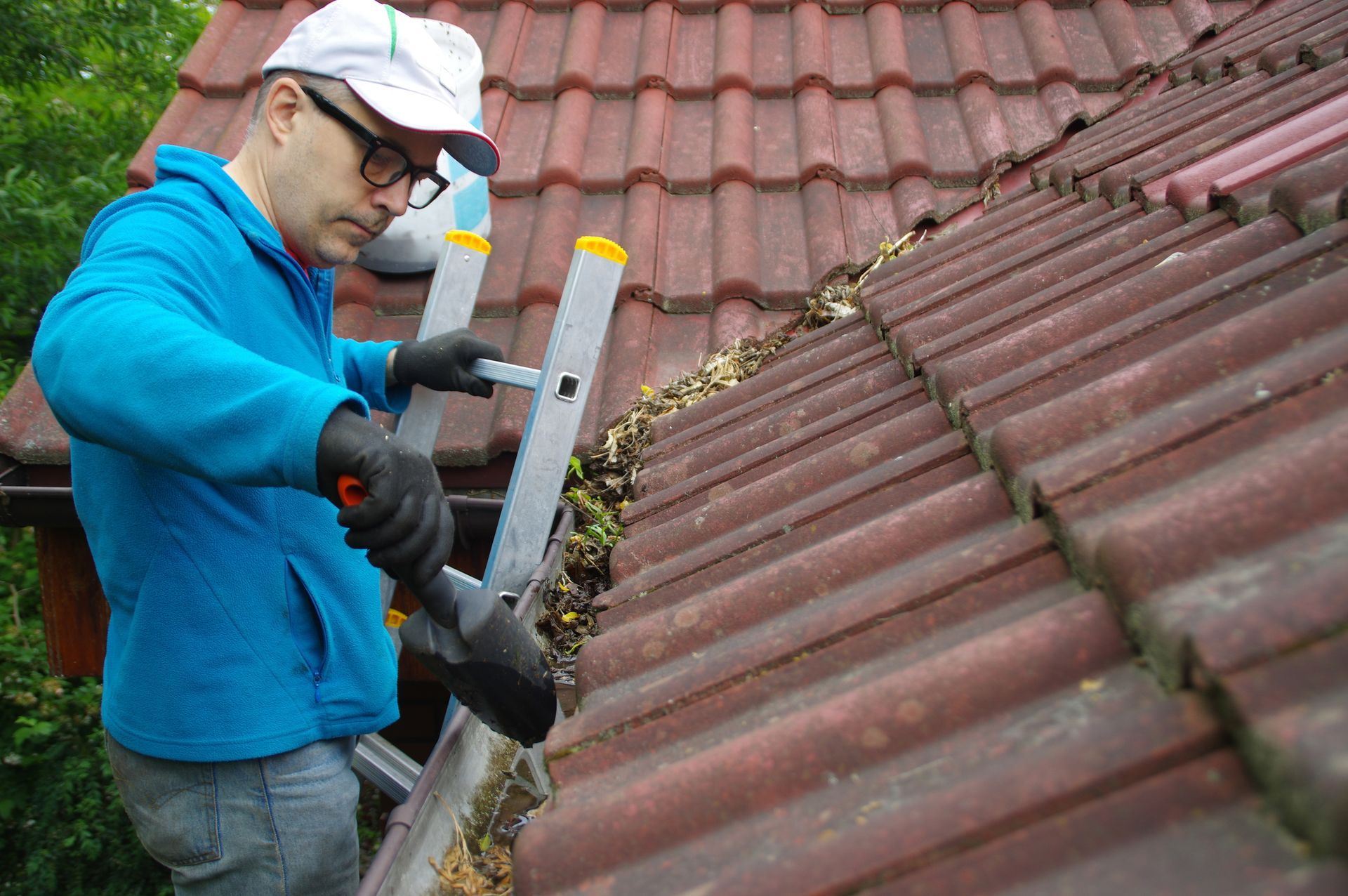
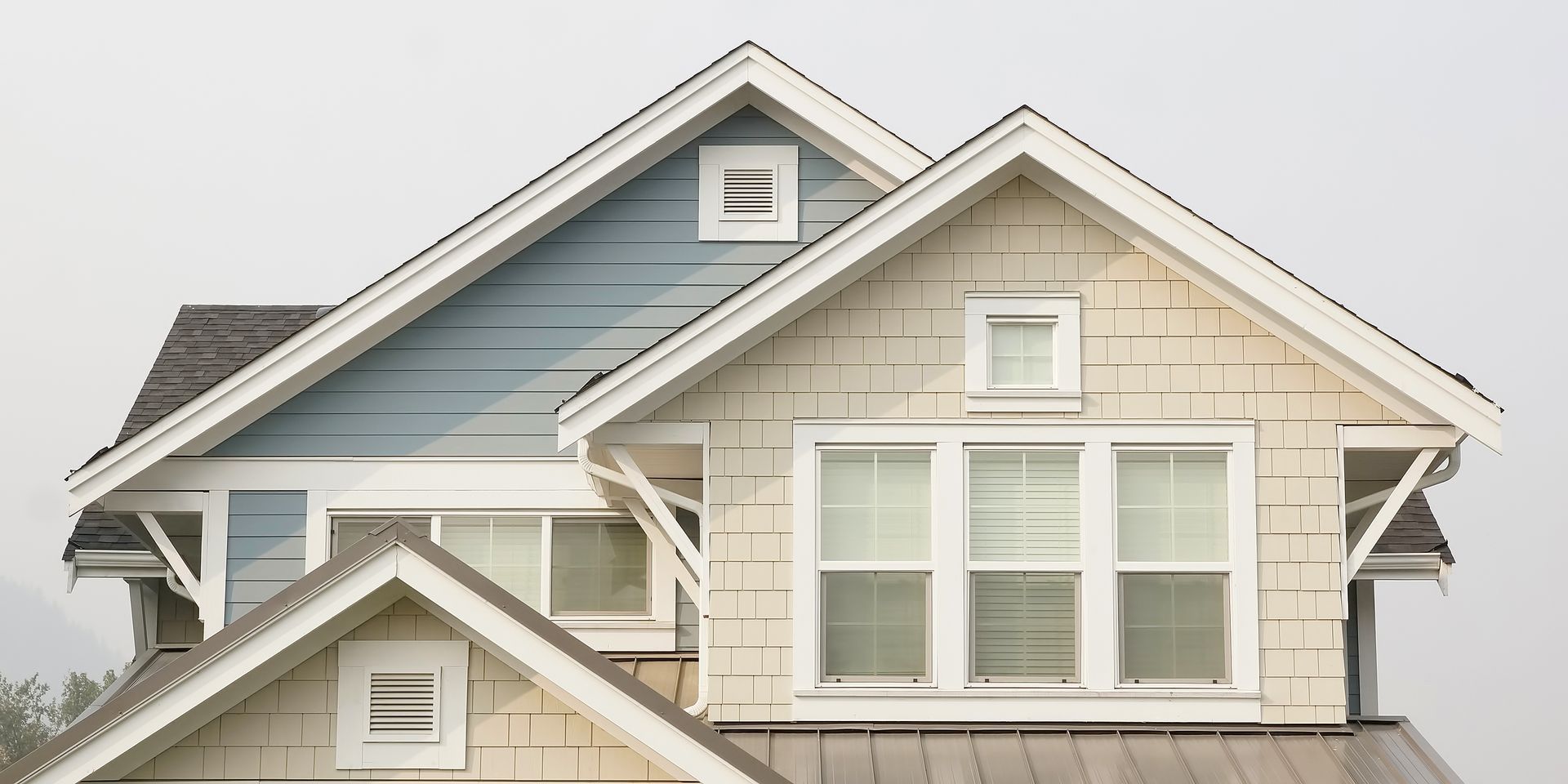

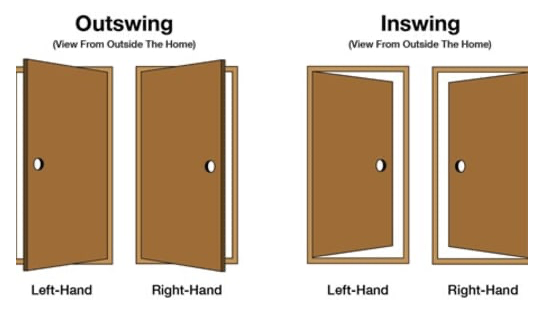


Share On: